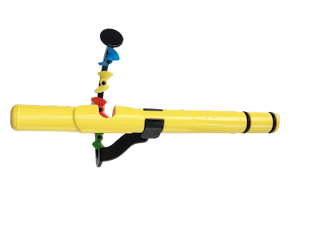Immunizations
Natural Selection: Uncovering Mechanisms Of Evolutionary Adaptation To Infectious Disease
Ackerman, H., et al. A comparison of case-control and family-based association methods: The example of sickle-cell and malaria. Annals of Human Genetics 69, 559–565 (2005)
Allison, A. C. Protection afforded by sickle-cell trait against subtertian malarial infection. British Medical Journal 4857, 290–294 (1954)
Diamond, J. M. Guns, Germs, and Steel: The Fates of Human Societies (New York, Norton, 2005)
Haldane, J. B. S. Disease and evolution. Ricerca Science Supplement 19, 3–10 (1949)
Hartl, D. L. The origin of malaria: Mixed messages from genetic diversity. Nature Reviews Microbiology 2, 15–22 (2004) doi:10.1038/nrmicro795 (link to article)
Hill, A. V. Aspects of genetic susceptibility to human infectious diseases. Annual Review of Genetics 40, 469–486 (2006)
Kwiatkowski, D. P. How malaria has affected the human genome and what human genetics can teach us about malaria. American Journal of Human Genetics 77, 171–192 (2005)
McCormick, J. B., & Fisher-Hoch, S. P. Lassa fever. Current Topics in Microbiology and Immunology 262, 75–109 (2002)
Nielsen, R. Molecular signatures of natural selection. Annual Review of Genetics 39, 197–218 (2005)
Richmond, J. K., & Baglole, D. J. Lassa fever: Epidemiology, clinical features, and social consequences. British Medical Journal 327, 1271–1275 (2003)
Sabeti, P. C., et al. Positive natural selection in the human lineage. Science 312, 1614–1620 (2006) doi:10.1126/science.1124309
———. Genome-wide detection and characterization of positive selection in human populations. Nature 449, 913–918 (2007) (link to article)
Volkman, S. K., et al. A genome-wide map of diversity in Plasmodium falciparum. Nature Genetics 39, 113–119 (2007) doi:10.1038/ng1930 (link to article)
World Health Organization. WHO expert committee on malaria. World Health Organization Technical Report Series 892, 1–74 (2000)



Comments
Post a Comment